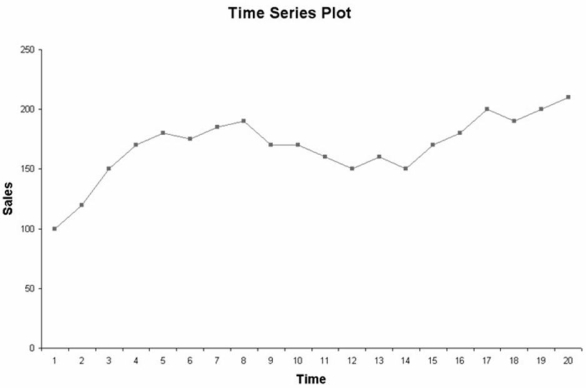Assume that a time-series plot takes the form of that shown in the following graph:  Given this plot,which of the following models would likely give the best fit?
Given this plot,which of the following models would likely give the best fit?
A) 
= b0b1 + b1t
B) 
= b0 + b1t + b1t2 + b1t3
C) 
= b0 + b1t + b1t2
D) 
Correct Answer:
Verified
Q118: The editors of a national automotive magazine
Q119: The editors of a national automotive magazine
Q120: The editors of a national automotive magazine
Q123: Standard stepwise regression
A) is the same as
Q125: A multiple regression was conducted to predict
Q126: Which of the following is the difference
Q127: Golf handicaps are used to allow players
Q128: A forecasting model of the following form
Q135: A decision maker is considering including two
Q137: Which of the following is not considered
Unlock this Answer For Free Now!
View this answer and more for free by performing one of the following actions

Scan the QR code to install the App and get 2 free unlocks

Unlock quizzes for free by uploading documents